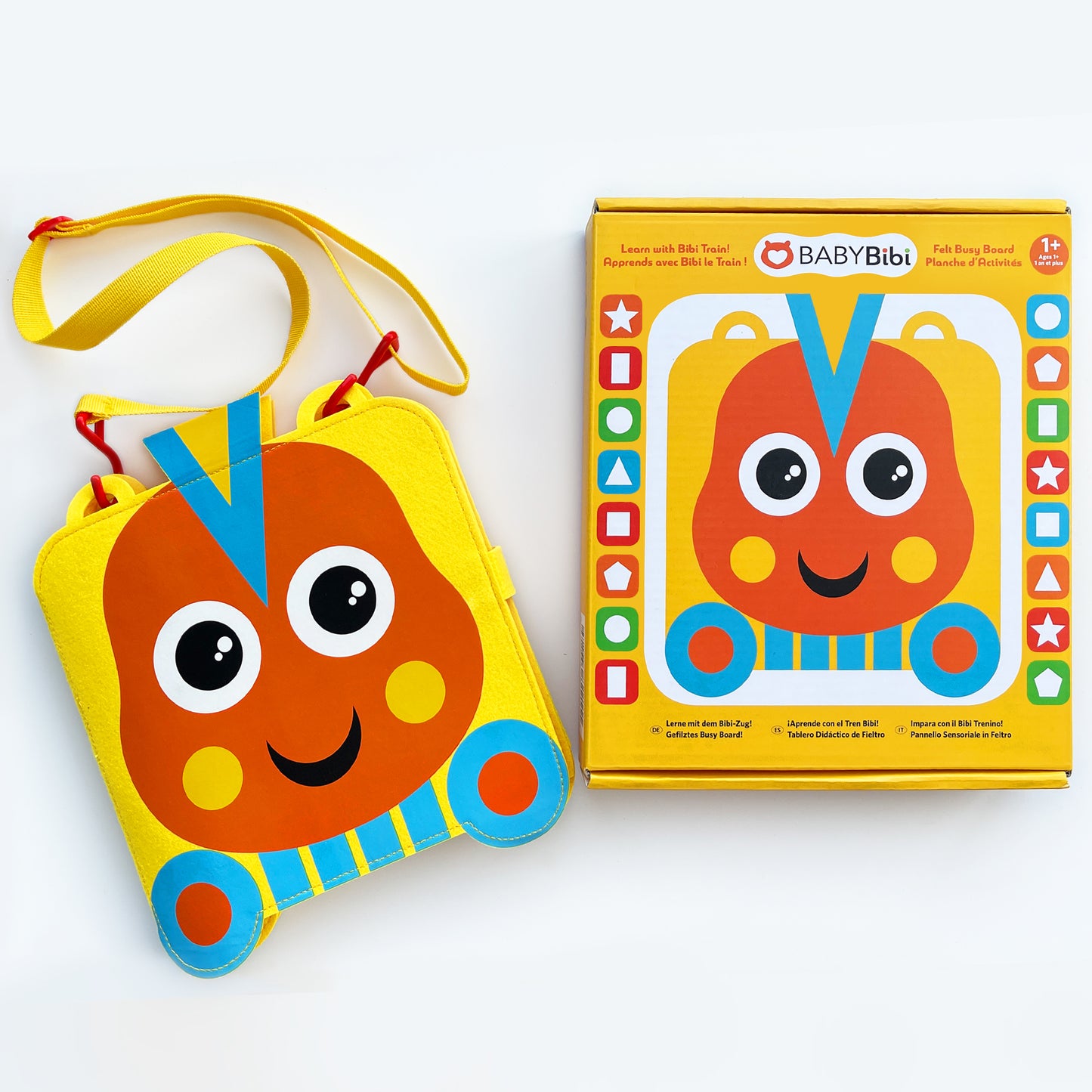
Summer is coming, and it’s the best time of the year for the little ones as they’ll get to play at the beach, at the park and in the woods. While it’s all fun and games for them, you may have a few worries in the back of your mind, as you can never be 100 percent sure what they’re up to all the time. That’s why it’s important to take a few safety precautions to make sure that no one winds up in the hospital. Here are a few things to look out for.
In the Water
Splashing around in the pool, lake or sea is a wonderful way to spend a hot afternoon, but it’s also one of the most dangerous. According to Safe Kids Worldwide, drowning remains the number one cause of death among preventable injuries for children ages one to four, and number two for children up to the age of 14. That’s why you should take your child to swimming lessons before the season begins.
There are other safety-related reasons your kids should learn this valuable skill. According to Swimming World Magazine, it’s an excellent form of low-impact exercise that provides little risk of bone injury, as the child is in contact with water rather than the hard ground. A wet workout is also a fantastic way for the child to learn the value of exercise.
In the Sun
Nothing makes a kid want to run outside and play like the sunshine. But be careful, as sunburns are just one of the dangers that await with too much exposure. Luckily, there’s an easy fix: sunscreen. According to the American Academy of Dermatology, children should be protected by one with an SPF of 30 or higher to avoid skin damage.
Also remind them to drink plenty of water. Children aren’t always aware if they’re getting enough fluid, and the consequences of dehydration can be disastrous, including trips to the hospital. Between two and four liters per day should keep the danger at bay, depending on the youngster’s age and sex, so fill up a water bottle for them before they head out.
On Their Bikes
You might want to make a trip to the sporting goods store, and the first thing on your shopping list should be a helmet if your child doesn’t have one already. It will help them avoid head trauma when they’re riding their bikes, skateboards or scooters.
There’s another piece of equipment to add to the list. According to the American Dental Association, anyone who plays a sport with a serious risk of injury — including football, baseball and basketball — should wear a mouthguard.
In the Yard
Some dangers to your children’s safety are not so obvious. Chemicals such as pesticides have long been called out for being environmentally unfriendly, but they’re toxic for people as well as wildlife. Because they spend so much time playing on the ground and often put their hands close to their mouths, children are much more exposed than adults. This puts them at an elevated risk of poisoning.
It may be worthwhile to do some research into natural alternatives, which include sprays containing neem, citronella or lemon. There are even formulas you can make at home with household products. Another option is companion planting, which refers to the practice of growing plants in your garden that provide benefits to their neighbors, including pest control. Common additions for this purpose include lemongrass and various herbs.
Just in Case
Despite all the measures you may take, accidents can still happen, which is why it’s important to prepare a first-aid kit. Start by buying one ready-made that includes Band-Aids, gauze and tape, then add other items from your local drug store such as Benadryl, ibuprofen and numbing spray.
Remember, summer is not just for kids, so go out and have some fun yourself. It should be much easier to relax now that you know the little ones are safe. Just remember to be back in time for dinner, and stay away from that poison ivy!

